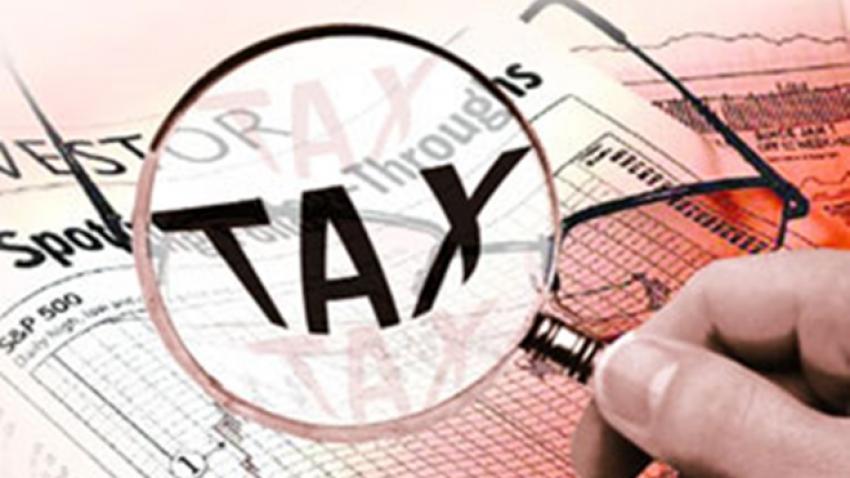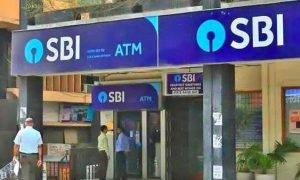The new, concessional tax regime, on the other hand, offers lower tax rates than the old tax regime.
New Delhi: The new income tax regime was launched by the government in 2020. Individuals in the old tax regime were eligible to claim deductions such as section 80C, section 80D, and so on of the Income-tax Act of 1961, as well as tax exemptions such as house rent allowance, LTC Cash Voucher Scheme, and so on, but they must forego the same under the current regime.
The new, concessional tax regime, on the other hand, offers lower tax rates than the old tax regime. Individuals who are undecided about which tax system to choose should review the most recent tax rates and slabs applicable under the regime.
Also Read : Get Rs 4,950 assured monthly income in THIS Post office scheme, check calculation
Income tax rates and slabs in new tax regime for FY 2021-22
Up to 2,50,000 – Nil
From 2,50,001 to 5,00,000 – 5 per cent
5,00,001 to 7,50,000 – 10 per cent
7,50,001 to 10,00,000 – 15 per cent
10,00,001 to 12,50,000 – 20 per cent
12,50,001 to 15,00,000 – 25 per cent
Above 15,00,000 – 30 per cent
The new tax regime assesses the highest 30% tax rate on individuals with income beginning at Rs 15,00,001, whereas the former regime charged it on individuals with income beginning at Rs 10,00,001.
However, the new regime would not provide deductions such as investments in Employees’ Provident Fund (EPF), Public Provident Fund (PPF), or tax exemption on rent paid or food coupons obtained, among other things.
Also Read : Indians can now trade in Google, Apple, 6 other US stocks on NSE IFSC, here’s how you can invest
It only provides a deduction under section 80CCD (2) of the Income-tax Act, namely a deduction for the employer’s payment to the Tier-I NPS account. A person can claim a maximum deduction of 10% of his or her basic salary plus DA in a fiscal year.



































